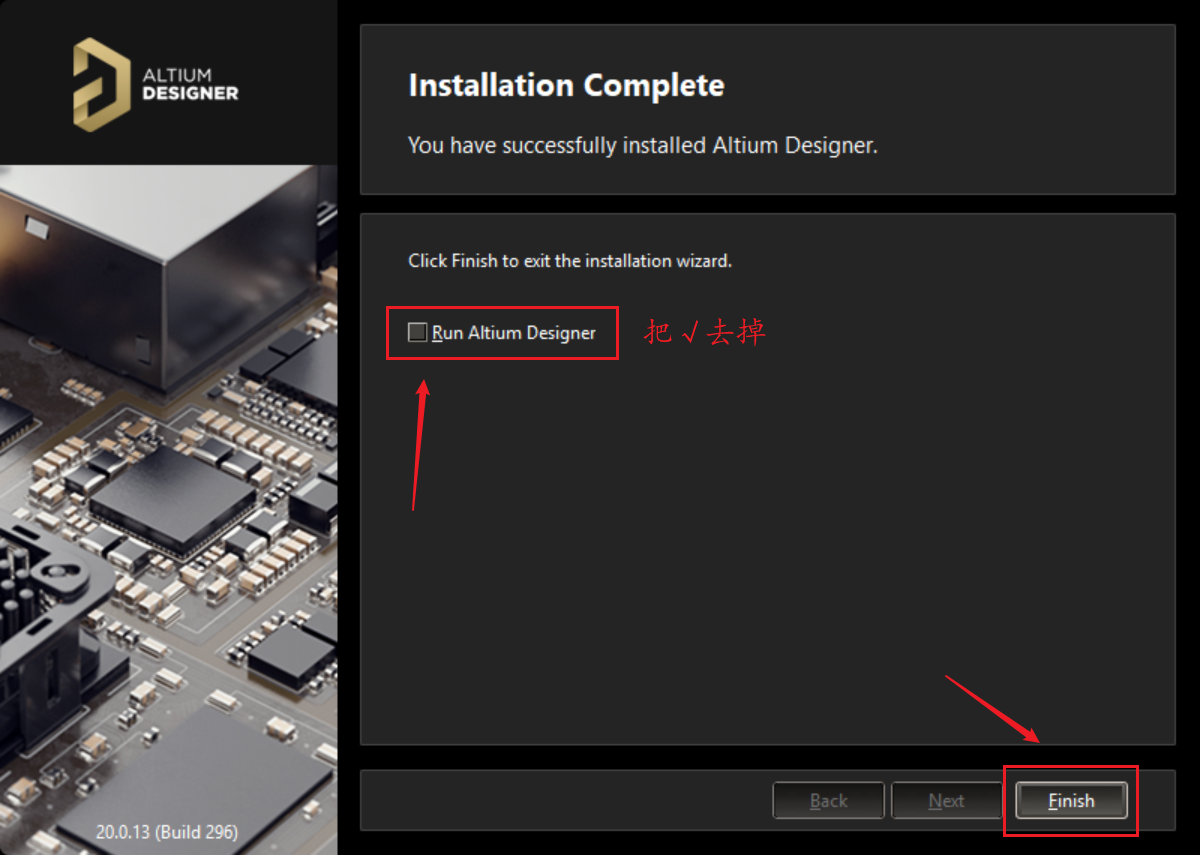



The upper-left picture presents quick and dirty routing, while the rest are examples where traces are arranged with sliding PCB routing techniques. In Figure 1, you can see examples showing that there are a lot of options for how to arrange traces just by sliding. For a small group of traces, these PCB routing techniques allow you to route traces quickly while still satisfying design rules.

When sliding routed traces towards a “locked” trace (select Walkaround Obstacles), the slide trace takes the same shape while still respecting the minimum clearance rule. The sliding feature also worked well for traces routed using any-angle routing. It seemed to work well that at first, I defined stack-up, and then determined width and clearance rules according to target impedance and cross-talk minimization.Īfter this rough layout routing, I grouped traces and moved them to their final positions by sliding. However, I did the final grouping and layout optimization by utilizing the sliding feature afterwards, and in that way arranged them in the most convenient positions in the layout area. Instead of routing all traces at first go, I did a quick and dirty routing for a group of traces without taking care of angles, optimal clearances, or other details. Trace SlidingĪn improved Sliding feature changed my PCB routing techniques for small groups of traces. Based on this frustration, I had high hopes for sliding and any-angle routing. Meanwhile, minimizing clearance manually increased routing time-and still the result didn’t satisfy me. But when adding and enabling clearance design rules, I was not able to get close enough to edges or rounded objects, and had to keep clearances much larger than needed. AD19 already had a kind of “any-angle routing” as you were, in fact, free to select any angle while routing. I have experience with trying to route curved traces with have 45-degree PCB routing techniques, and I got frustrated when trying to fit all traces in the required area. New PCB Routing Techniques in Altium Designer 20 These new features have given me more options for my PCB routing techniques. Having read about and watched videos on these PCB routing tools beforehand, I was eager to try them out. At the same time, I tested some new AD20 features, and in this article, I’ll share my thoughts about new PCB routing tools which had the biggest impression on me: sliding, and any-angle routing. I just finalized my first PCB design using Altium Designer 20®.


 0 kommentar(er)
0 kommentar(er)
